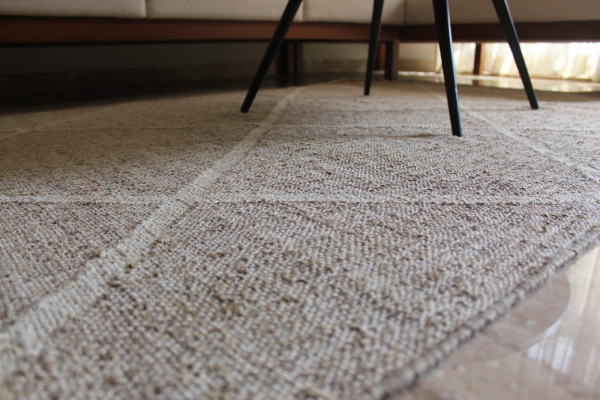The world is evolving toward eco-friendly items, therefore, choosing fabrics made out of natural materials that are also environmentally beneficial would be a wise decision for your authentically modern space.
What makes a Fabric “Eco-friendly”?
Sustainable production and dyeing methods,natural or recycled materials are typically used to create eco-friendly fabrics..
Types of Eco-friendly Fabrics
It is important to verify the label of fabric before buying it, whether it is for clothing or home products.
Bamboo
This fabric is made from bamboo plant pulp, a quick-growing grass that doesn’t require fertilizer or replanting. Cotton, which is frequently severely pesticide-treated and needs a lot of water to thrive, can be replaced with bamboo fabric as a more environmentally friendly option. Bamboo and bamboo blended with cotton is used for soft furnishings like cushion covers, throws and table linen and for apparel wear as well. Sometimes bamboo yarns do not offer tenacity and are required to be blended with cotton or polyester. There are options available to blend it with organic cotton or recycled polyester..
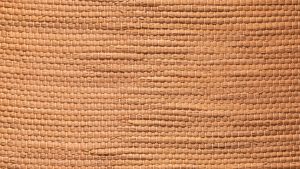
Hemp
Cannabis plant stalks are used to make hemp cloth, which is incredibly strong. Even after numerous washings, it doesn’t shrink and maintains its shape. Rugs made of hemp and cotton are offered by IndoWeave Textile.

Lyocell
It is produced from wood pulp cellulose from trees including eucalyptus, birch, and oak.. The surface of the cloth is soft, smooth, high elastic, and long-lasting. Lyocell is excellent for apparel and home linens like bedsheets because of its ability to wick away moisture.
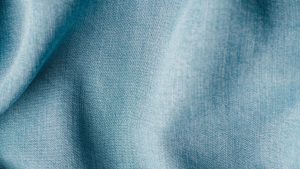
Linen
With flax plant fibers used in its weaving, linen is a natural, bacterial-resistant fabric that is soft, robust, and very breathable. It also absorbs moisture and dries quickly. IndoWeave has a collection of Linen Fabrics.
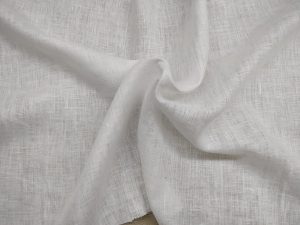
PET recycled Fabric
Pet recycled fabric is made of synthetic fibers and is reusable, sustainable, and environmentally beneficial. Fabrics, especially textiles for the house, are produced using recycled plastics. Learn more by reading the blog post mentioned.
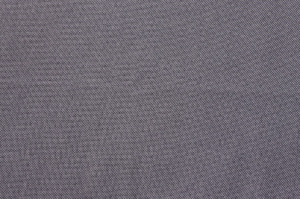
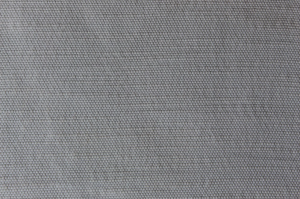
While we cannot achieve 100% sustainability or eco-friendliness in everything we do, but we certainly can take small baby steps to be as environment conscious as possible.

